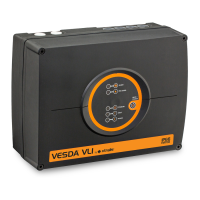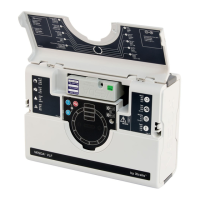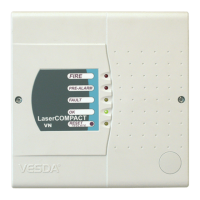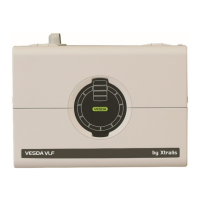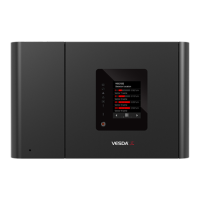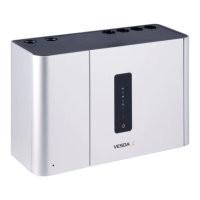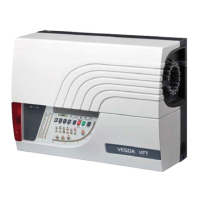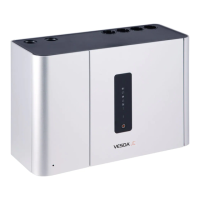VESDA by Xtralis VESDA Pipe Network Installation Guide
www.xtralis.com 13
4 Working with Pipes
The following guidelines will assist with the successful installation of a pipe network:
4.1 Cutting Pipes
If the pipes need to be cut use the right tools to cut the pipe. Use pipe cutting shears or wheel type plastic tube
cutter. It is important that the cutting edge of the shears and cutter are sharp. Ensure that the cut is square.
Square cuts provide maximum bonding area. Remove all loose plastic. Beveling the end will make it easier to
fit in to the socket and prevent solvent cement from being wiped from the joining surface during final
assembly.
Figure 4-1: Pipe Cutting Shears
Note: Remember to remove all dust and shavings created when cutting the pipe as they can block
sampling holes and impacts on the efficient performance of a pipe network.
4.2 Joining and Bonding
When joining the pipes ensure that the pipes are inserted all the way to the “lip” inside the coupling or adaptor.
Failing to do so will create a turbulence due to expansion of space between the pipe end and the coupling lip.
Figure 4-2: Turbulence created due to a gap in pipe coupling
All joints (except the joint to the detector) should be bonded using appropriate solvent cement. It is advisable
to bond the joints only after the final tests have been completed and required adjustments have been made.
4.3 Cementing Pipes Together
Bonding, cementing or gluing pipes is all done using the same process. Apply your glue/cement/bonding agent
to the outside of the pipe and insert into the other pipe. If you were to put it on the inside of a pipe, it will build
up when the other pipe is inserted. This build-up will affect the airflow characteristics inside the pipe and may
cause unpredictable behavior.
You should never bond, glue or cement the pipes that connect to the detector.
Legend
A Do not apply solvent
cement on the inside
B Apply solvent cement on the
outside
Figure 4-3: Applying solvent cement
Where there is likelihood of high level of temperature fluctuations, use expansion joints or U bends to allow for
the expansion and contraction of pipes.
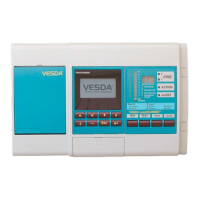
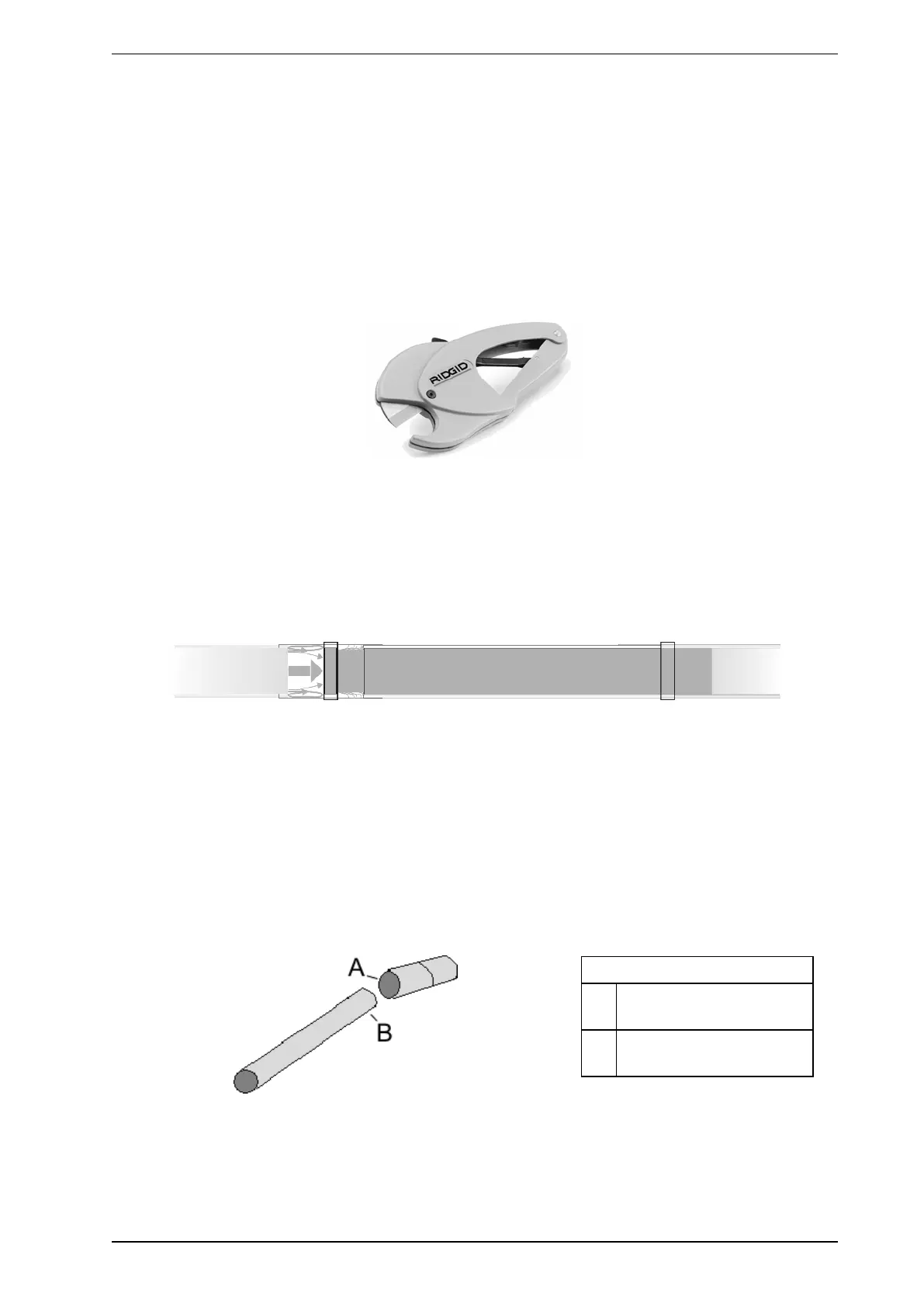